Stop that drip: Your roof isn’t waiting
June 9, 2025 at 6:00 a.m.By Rhino Roofers.
A roof leak never waits — and neither should you, because catching it early is your best chance to protect your home from further damage and expensive repairs.
There’s nothing subtle about the sound of water dripping from your ceiling. It’s an alarm bell. One that signals not just a nuisance, but a growing threat to your home’s structure and your wallet. Roof leaks don’t just show up — they spread, they damage and they get expensive fast. That’s why knowing what to do the moment you spot one is critical. Whether it’s a minor stain or a full-on downpour indoors, every leak tells a story — and if you ignore it, that story ends in mold, rot and costly repairs. Ready to stop the damage before it starts? This guide from our team at Rhino Roofers is your first step.
Immediate actions when you spot a roof leak
When you first notice signs of a roof leak, it’s crucial to act quickly to minimize damage. Here are the immediate steps you should take:
1 – Contain the water: Place buckets or containers nearby under the leak to catch dripping water. If you notice a bulge in your ceiling, poke a small hole in the center to allow water to drain in a controlled manner, preventing further ceiling damage.
2 – Remove valuables: Move furniture, electronics and other valuables away from the affected area to prevent water damage.
3 – Document the damage: Take photos and videos of the leak and any resulting damage. This documentation will be helpful if you need to file an insurance claim for things such as roof replacement.
4 – Temporarily cover the roof: If it’s safe to do so, cover the affected area of your roof with a tarp to prevent further water infiltration. However, only attempt this if weather conditions permit and you can do so safely.
5 – Call a professional: Contact a reputable roofing contractor to assess the damage and provide a permanent solution.
Understanding the common causes of roof leaks
To effectively address roof leaks, it’s important to understand what causes them. Here are some of the most common culprits:
Damaged or missing shingles
One of the most frequent causes of roof leaks is damaged or missing shingles. Strong winds, hail or general wear and tear can compromise your roof’s protective layer, allowing water to seep through. Damaged shingles expose the roofing nails and the roofing cement, making your roof susceptible to water damage.
Faulty flashing
Flashing is the material used to seal joints around chimneys, vents and skylights. When flashing becomes loose, corroded or improperly installed, it can lead to leaks in these vulnerable areas. It’s also important to make sure that the step flashing is properly installed, as this is a common area for leaks.
Clogged gutters
Believe it or not, your gutters play a crucial role in preventing roof leaks. When gutters become clogged with leaves and debris, water can back up and seep under your roofing materials, causing damage over time. This can be prevented with routine roof maintenance, making sure your gutters are clear of any debris.
Ice dams
In colder climates, ice dams can form at the edge of your roof, preventing proper drainage. As water backs up behind these dams, it can work its way under shingles and into your home. If the water sits there for too long, it can cause mold and mildew.
Age and wear
Even the best-maintained roofs have a finite lifespan. As roofing materials age, they become more susceptible to leaks and other forms of damage. Common roof problems include missing or damaged shingles, cracked or worn flashing and leaks around roof penetrations such as vents and chimneys.
Understanding these common causes can help you identify potential issues before they escalate into major problems. Regular roof inspections can catch many of these issues early, saving you time and money in the long run. It is important to have your roof inspected by a professional roofing contractor at least once a year and more often if you live in an area with harsh weather conditions.
Identifying the source of roof leaks
Locating the exact source of a roof leak can be challenging, as water often travels along roof panels or beams before dripping onto your ceiling. Water leaking from your ceiling is a sign that there is a problem with your roof and it’s important to find the source of the leak as soon as possible. Here’s how you can pinpoint the origin of the leak:
1 – Inspect your attic: Start by examining your attic during daylight hours. Look for water stains, mold or discoloration on the underside of the roof decking.
2 – Use the hose test: On a dry day, have someone spray water on different sections of your roof while you observe from inside the attic. This can help you identify where water is entering.
3 – Check around roof penetrations: Pay special attention to areas around chimneys, vents and skylights, as these are common leak points.
4 – Look for damaged shingles: From the ground, use binoculars to inspect your roof for missing, curled or damaged shingles. Look for things like dark spots or a sagging bulge in your shingles as that could indicate potential trouble.
5 – Examine the flashing: Inspect the flashing around chimneys, vents and other roof penetrations for signs of damage or wear.
Remember, identifying the source of a leak can be tricky and potentially dangerous. If you’re unsure or uncomfortable performing these inspections yourself, it’s best to call in a professional roofing contractor.
DIY temporary fixes for minor roof leaks
While it’s always best to have a professional address roof leaks, there are some temporary fixes you can attempt for minor issues:
Patching small holes
For small holes in your roof, you can use roofing tar and a patch:
1 – Clean the area around the hole.
2 – Apply roofing tar around the hole with a putty knife.
3 – Press a patch of roofing material over the tar.
4 – Cover the patch with more tar.
Replacing damaged shingles
If you have a few damaged shingles, you can replace them:
1 – Carefully lift the edges of the surrounding shingles.
2 – Remove the damaged shingle by pulling out the nails.
3 – Slide the new shingle into place and nail it down.
4 – Seal the edges with roofing cement.
Sealing flashing
For minor flashing issues:
1 – Clean the area around the flashing.
2 – Apply a generous amount of roofing cement under the loose flashing.
3 – Press the flashing down and apply another layer of cement over the top and edges.
While these DIY fixes can provide temporary relief, they are not substitutes for professional repairs. Always consult with a roofing expert for a permanent solution to your roof leaks.
When to call a professional for roof leaks
While minor leaks might be manageable with DIY solutions, there are situations where professional help is essential:
1 – Extensive damage: If your roof has significant damage or multiple leak points, it’s time to call in the experts.
2 – Steep or complex roofs: If your roof has a steep pitch or complex design, leave the repairs to professionals who have the right equipment and safety training.
3 – Recurring leaks: If you’ve attempted repairs and the leak persists, a professional can identify and address the root cause.
4 – Age of the roof: If your roof is nearing the end of its lifespan, a professional can assess whether repairs or replacement is the best course of action.
5 – Safety concerns: Any situation where you feel unsafe or unsure about performing repairs yourself warrants professional intervention.
Professional roofers have the expertise, tools and safety equipment to properly diagnose and repair roof leaks. They can also provide valuable advice on maintaining your roof to prevent future issues. They also have experience working with all different types of roofing materials, from asphalt shingles to metal roofing.
Long-term solutions and preventive measures
Addressing current roof leaks is crucial, but preventing future problems is equally important. Here are some long-term solutions and preventive measures to consider:
Regular roof inspections
Schedule professional roof inspections at least once a year or after severe weather events. Regular inspections can catch potential issues before they turn into major problems. A professional roof inspection will include a thorough examination of your roof, as well as your attic, to check for any signs of damage or potential problems.
Maintain your gutters
Keep your gutters clean and in good repair. Properly functioning gutters prevent water from backing up and damaging your roof. Make sure your gutters are free of debris so that water can flow freely to prevent water damage.
Trim overhanging branches
Trim tree branches that hang over your roof. This prevents damage from falling limbs and reduces the accumulation of leaves and debris on your roof.
Improve attic ventilation
Proper attic ventilation helps regulate temperature and moisture levels, which can extend the life of your roof and prevent issues like ice dams.
Consider roof coatings
For flat or low-slope roofs, applying a roof coating can provide an extra layer of protection against leaks and extend the life of your roof. Roof coatings are designed to reflect sunlight and heat, which can help to keep your home cooler in the summer and reduce your energy bills. They can also help to prevent mold and mildew growth.
Plan for replacement
If your roof is nearing the end of its lifespan, start planning for replacement. A new roof is a significant investment, but it provides long-term protection for your home. It’s important to choose the right roofing materials for your home and climate and to hire a qualified roofing contractor to install your new roof.
By implementing these preventive measures, you can significantly reduce the likelihood of future roof leaks and extend the life of your roof.
Work with Rhino Roofers
Dealing with roof leaks can be stressful, but with the right knowledge and approach, you can effectively manage and prevent these issues. Remember, prompt action is key when you notice signs of a leak. Whether you’re taking immediate steps to mitigate damage, attempting DIY repairs or calling in professionals, addressing roof leaks quickly can save you time, money and headaches in the long run.
Original article and photo source: Rhino Roofers
Have a question? AskARoofer.
Find your local roofing contractor in the AskARoofer™ Contractor Directory.
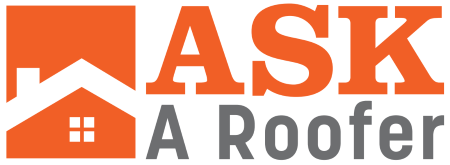



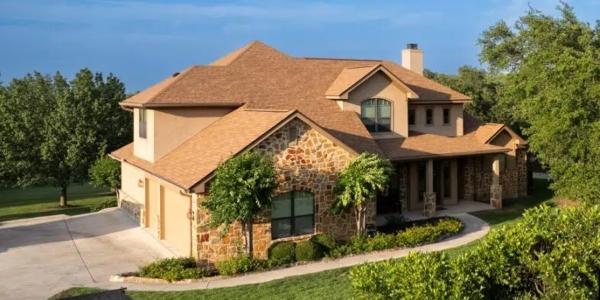
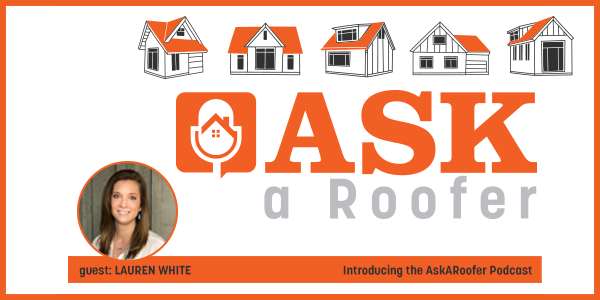
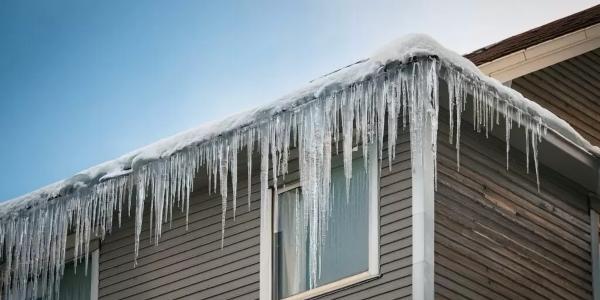
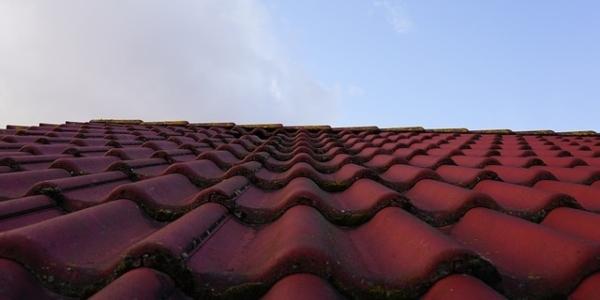






Comments
Leave a Reply
Have an account? Login to leave a comment!
Sign In